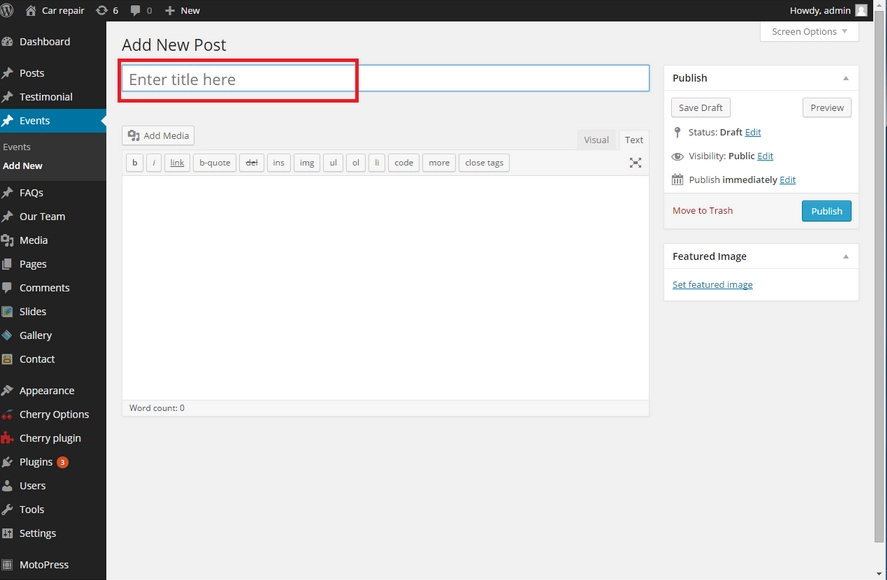The purpose of synthetic data generation is to create artificial data that mimics real-world data while addressing various practical and ethical challenges associated with using real data. Synthetic data serves several important purposes in different domains:
- Privacy Preservation:
- Synthetic data allows organizations to work with data without exposing sensitive or personally identifiable information (PII). This is crucial for complying with data privacy regulations like GDPR or HIPAA.
- Data Security:
- Using synthetic data reduces the risk of data breaches and unauthorized access since the generated data does not contain real information about individuals or entities.
- Data Scarcity:
- In situations where obtaining a sufficient amount of real data is challenging or costly, synthetic data can augment datasets, enabling researchers and developers to perform experiments and develop models.
- Testing and Development:
- Synthetic data is valuable for testing and developing machine learning models, algorithms, and software applications without exposing real data to potential errors or biases.
- Bias Mitigation:
- Synthetic data generation allows for the mitigation of biases present in real data by creating datasets that are more balanced and representative, thus improving the fairness of algorithms and models.
- Data Diversity:
- Synthetic data can be used to introduce diversity into datasets, helping to train models that generalize better and perform well in various real-world scenarios.
- Anonymization and De-identification:
- Synthetic data can be used as a means to anonymize and de-identify real data, making it safe for sharing and analysis while protecting individuals’ privacy.
- Research and Experimentation:
- Researchers use synthetic data to conduct experiments, validate hypotheses, and study complex systems when real data is limited or unavailable.
- Data Augmentation:
- Synthetic data can be used to augment real datasets by adding variations and generating more examples, improving the robustness of machine learning models.
- Model Testing and Validation:
- Synthetic data serves as a valuable resource for evaluating and validating machine learning models and algorithms under controlled conditions.
- Education and Training:
- Synthetic datasets are used in educational settings to teach data science, machine learning, and statistics, as they offer a controlled environment for learning and experimentation.
- Cost Reduction:
- Generating synthetic data can be more cost-effective than collecting and maintaining large volumes of real data, especially for startups and organizations with limited resources.
- Data Sharing:
- Synthetic data can be shared more openly than real data, promoting collaboration among researchers, organizations, and institutions while safeguarding data privacy.
In summary, synthetic data generation plays a vital role in various fields, offering a versatile and privacy-conscious solution for addressing data-related challenges, conducting research, and developing technologies that rely on data without compromising privacy or data security.
- What is synthetic data generation?
- Synthetic data generation is the process of creating artificial data that mimics real-world data but does not contain any personally identifiable information (PII) or sensitive information. It is used for various purposes, including testing machine learning models, data analysis, and ensuring data privacy.
- Why is synthetic data generation important?
- Synthetic data is crucial when real data is limited, sensitive, or insufficient. It enables researchers, developers, and analysts to work with data without privacy concerns and facilitates experimentation and model development.
- What are the common techniques for synthetic data generation?
- Common techniques include randomization, statistical sampling, generative models (e.g., GANs and VAEs), rule-based generation, and data augmentation. The choice of technique depends on your specific goals and data characteristics.
- Is synthetic data generation suitable for all types of data?
- Synthetic data generation can be applied to various types of data, including structured and unstructured data, numerical and categorical data, and text. However, the suitability of the method depends on the data and objectives.
- How do I assess the quality of synthetic data?
- Quality assessment involves comparing synthetic data to real data using appropriate evaluation metrics. Metrics may include statistical tests, visualization, and domain-specific checks to ensure that the synthetic data accurately represents the desired characteristics.
- Can synthetic data completely replace real data?
- Synthetic data is a useful supplement to real data but may not completely replace it. While synthetic data can be representative, it lacks the richness and variability of real-world data. The choice depends on the specific use case.
- Are there privacy considerations when using synthetic data?
- Yes, privacy is a crucial consideration when generating and using synthetic data. Ensure that the generation process does not inadvertently reveal sensitive information, and treat synthetic data with the same level of security as real data.












Leave a Reply